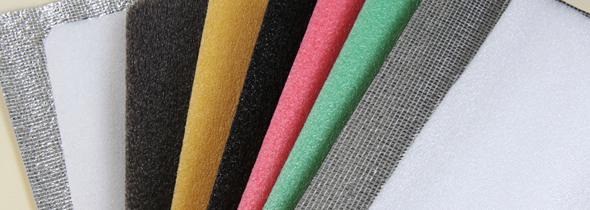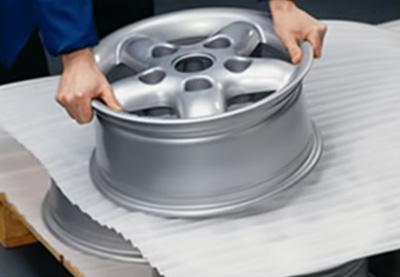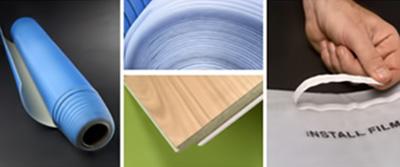When it comes to selecting the right PE foam for your project, it’s essential to consider various factors that can significantly impact the outcome. From density to thickness and intended application, each aspect plays a crucial role in determining the most suitable PE foam for your specific needs. Let’s dive into the process of choosing the perfect PE foam that will ensure the success of your project.
- Density: The density of the PE foam is a key factor to consider as it directly affects the material’s durability and performance. Higher density foams are ideal for applications requiring more strength and support, while lower density options offer better cushioning properties.
- Thickness: The thickness of the foam is another important consideration, depending on the level of protection or insulation needed for your project. Thicker foams provide better shock absorption and insulation, making them suitable for various applications.
- Intended Application: Understanding the specific requirements of your project is crucial in choosing the right PE foam. Whether you need insulation for HVAC systems, packaging for fragile items, cushioning for furniture, or soundproofing for automotive applications, selecting the appropriate foam type is essential.

By evaluating these factors and considering how they align with your project’s needs, you can make an informed decision when choosing the right PE foam. Whether you are looking for a cross-linked or non-cross-linked foam, understanding the properties of each type will help you select the best option for your project. Stay tuned as we explore the different types of PE foam available in the market and how they can impact the performance of your project.
Understanding PE Foam Types
When it comes to selecting the right PE foam for your project, understanding the different types available in the market is crucial. PE foam comes in various forms, with the two main categories being cross-linked and non-cross-linked varieties. These types differ in their molecular structures, which directly impact their properties and performance in different applications.
Let’s delve deeper into the characteristics of each type to grasp their unique features. Cross-linked PE foam is known for its enhanced durability and resistance to chemicals, making it ideal for applications requiring high strength and longevity. On the other hand, non-cross-linked PE foam offers flexibility and softness, making it suitable for cushioning and shock absorption purposes.
Considering the diverse needs of various projects, it’s essential to evaluate the specific requirements of your application to determine the most suitable PE foam type. The choice between cross-linked and non-cross-linked foam will significantly influence the overall performance and effectiveness of your project.
Factors to Consider
When selecting the right PE foam for your project, there are several crucial factors to consider to ensure optimal performance and durability. Let’s dive into the key aspects that should guide your decision-making process:

- Density: The density of the PE foam plays a significant role in determining its strength and durability. Higher density foams are more robust and offer better support, making them ideal for applications that require enhanced protection and cushioning.
- Compression Strength: Consider the compression strength of the PE foam, which indicates its ability to withstand pressure and return to its original shape after being compressed. This factor is particularly important for applications where the foam will experience repeated stress or weight.
- Thermal Conductivity: The thermal conductivity of the foam impacts its insulating properties. For projects that require thermal insulation, choosing a PE foam with low thermal conductivity is essential to maintain temperature stability and energy efficiency.
- Chemical Resistance: Depending on the project requirements, it’s crucial to select a PE foam that offers resistance to chemicals, oils, and other substances that could potentially degrade the material over time. This is especially important for industrial or automotive applications.
By considering these factors carefully and evaluating how each aspect aligns with your project’s specific needs, you can confidently choose the right PE foam that will deliver optimal performance and longevity. Remember, the devil is in the details when it comes to selecting the perfect foam for your project!
Application-Specific Recommendations
When it comes to choosing the right PE foam for your project, application-specific recommendations are key to ensuring optimal performance and functionality. Whether you are working on insulation, packaging, cushioning, or automotive applications, selecting the ideal PE foam can make a significant difference in the outcome of your project.

For insulation projects, PE foam with high thermal conductivity is essential to effectively regulate temperature and prevent heat loss or gain. Look for foams with excellent insulating properties to ensure energy efficiency and cost-effectiveness in your insulation endeavors.
When it comes to packaging, opt for PE foam with high compression strength to provide maximum protection for fragile items during transportation and storage. The ability of the foam to absorb shocks and vibrations can prevent damage and ensure the safe arrival of your goods at their destination.
Let’s take a small break from our article. You can review the following service pages of Durfoam:
In cushioning applications, choose PE foam with the right density to provide the necessary support and comfort. Whether you are designing seat cushions, mattress toppers, or protective padding, selecting the appropriate foam density is crucial for achieving the desired level of softness and resilience.
For automotive uses, select PE foam that meets industry standards for durability, impact resistance, and sound insulation. The foam should be able to withstand harsh conditions, reduce noise levels inside the vehicle, and enhance overall comfort and safety for passengers.
Remember, each application has its own set of requirements and challenges, so it’s important to consult with experts in the field to determine the most suitable PE foam for your specific project needs. By considering factors like density, compression strength, and thermal conductivity, you can make an informed decision that will lead to successful outcomes and long-lasting results.










